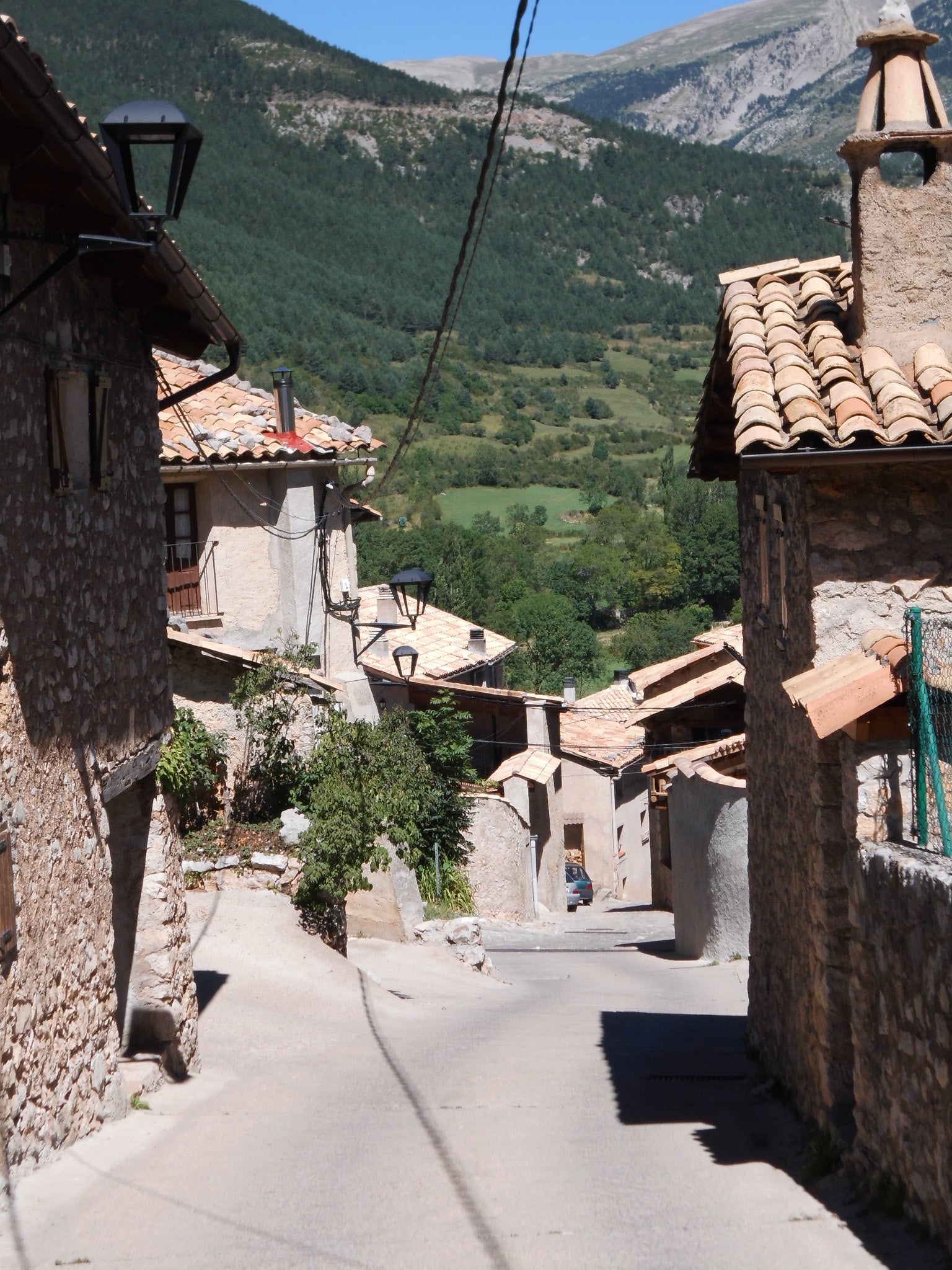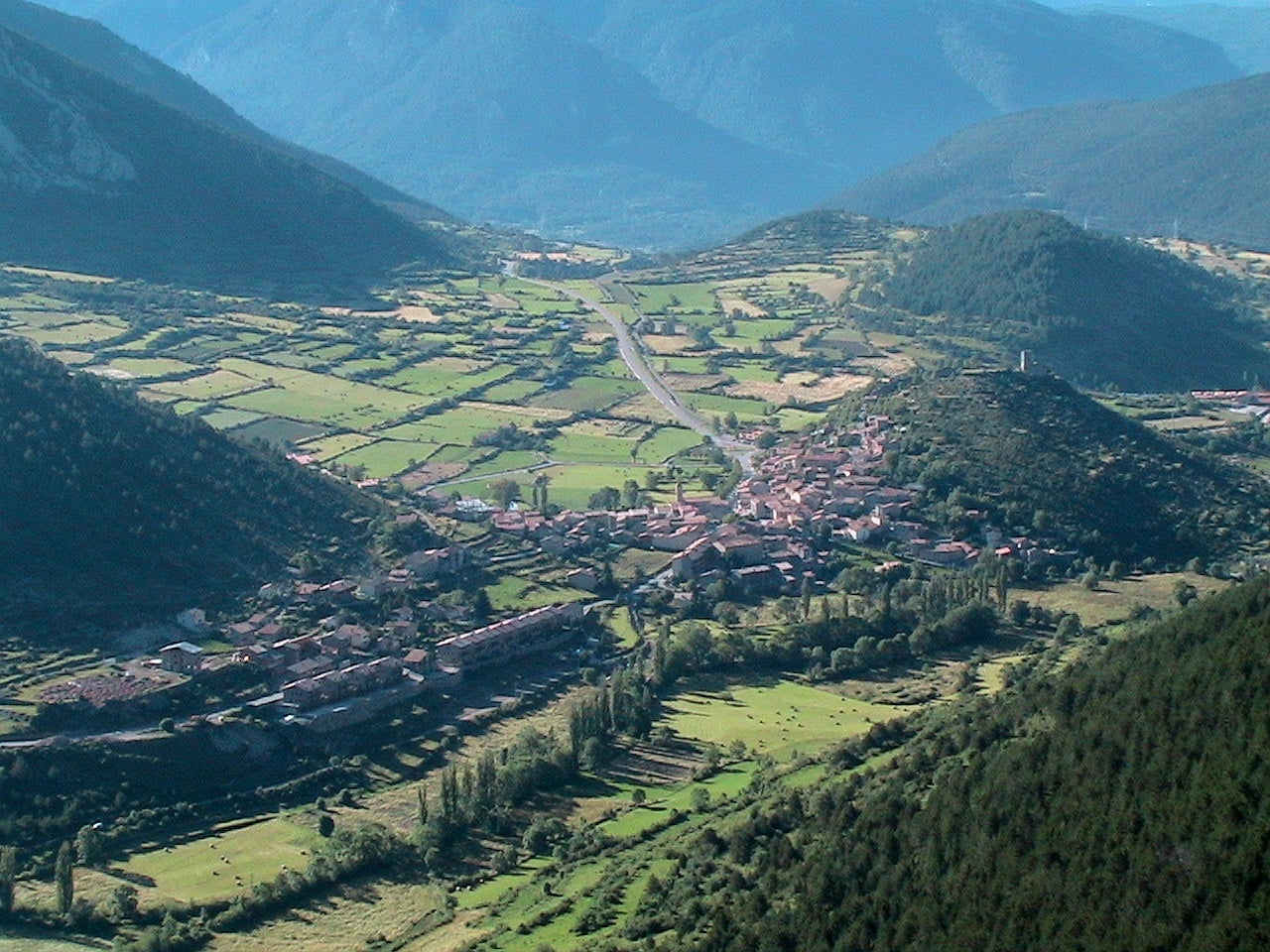This village in Spain may have been saved by the pandemic
Come to Gósol, the mayor asked, or the town would disappear. But it took the pandemic for Spaniards to heed his call

The castle that crowns the hill above the village of Gósol used to be among the grandest along Spain’s border with France, with views of fertile farms and forests rich in timber that stretched up to the cloudy mountaintops.
But the castle is in ruins now and until last year, Gósol had fallen on hard times, too. The town census had gone down in nearly every count since the 1960s. The school was on the verge of closing for lack of students. The mayor had even taken to television with a plea to his countrymen: Come to Gósol, he asked, or the town would disappear.
It took a pandemic for Spaniards to heed his call.
Among those who packed their bags was Gabriela Calvar, 37, who once owned a bar in a beach town near Barcelona but watched it go under during last year’s lockdowns and decamped to the town in the mountains for a new start.
Read More:
María Otero, a web designer who found she could telecommute, brought her husband and three children to Gósol, the place where her grandparents had been born but where she had only spent the summers milking cows on visits.
It was the rare silver lining of a troubled time: about 20 or 30 newcomers to a dwindling town of 140 souls, where even the tiny school on the town plaza got a second chance after parents started enrolling their children.
Josep Puig, 67, a retired postman who spent his life watching the younger generation depart, says: “If it weren’t for Covid, the school would have closed and if the school closed, the town might as well have closed, too.”
Gósol was hardly the first village in the country to be on the brink of disappearing. For decades in Spain, a landscape of walled cities, stone bridges and ancient winding roads has become mostly abandoned as generations of young people left for cities. La España Vacía, or “the Empty Spain”, is the phrase that was coined to describe the blight.
Elderly pensioners wander empty streets with few shops and no schools. In 2005, a Briton bought an entire village in the region of Galicia – one of an estimated 3,000 that are abandoned there – for €45,000 (£39,000). This year, a local political party that has made advocating the oft-forgotten province of Teruel its sole aim won seats in Spain’s national legislature. Its name: Teruel Exists.
Yet tiny Gósol had fared better than many others, residents say.
López, who said he was attracted to the isolated village in part because he ‘doesn’t really like people,’ said the new life also came with its downsides
It sits in the wealthy autonomous region of Catalonia, in a majestic valley in the Pyrenees that brought tourists and part-time residents in the summer months. Among the notable tenants was Pablo Picasso, who arrived in 1906 when the population stood at about 745. The artist painted much of his famed “Rose Period” work in Gósol, riding the wave of what he called an “epiphany of inspiration”.
But the epiphany was not enough to keep him there – he left before the end of the year and so did many others in the decades since.
By 2015, the situation had got critical. The number of permanent residents was 120 and falling. The mayor went on television warning, among other things, that the school was about to close because it was down to five students. He asked for young families from elsewhere to repopulate the town.
Rafael López, a former renewable energy entrepreneur whose business collapsed in Spain’s 2008 financial crisis, was interested after his mother had seen the TV report.
Over months, hundreds of people came to Gósol to kick the tyres. They said they were impressed by the quaint homes and the ruined castle. There was the cool mountain breeze and the tinkling of cow bells over the hillsides.

In the end though, only López and two other families actually moved in.
López, who says he was attracted in part because he “doesn’t really like people”, says the new life also comes with its downsides. The fiestas can get loud. Last year, a winter storm cut the electricity and left many with no heat for two days. The two other families that volunteered to move with him eventually left.
As the coronavirus began to spread last year, Spain entered another economic crisis greater than the collapse that had brought López.
Calvar came in September. Lockdown had decimated her bar in Castelldefels, a seaside town south-west of Barcelona, and after flights were cancelled her other job as a flight attendant for a low-cost Spanish airline brought no reprieve.
She says: “I’m a single mother with two kids. I had to say, ‘We’re going to ask the big life question now: What are we going to do?’”
The path seemed clear when, passing through Gósol one day, Calvar learned that the owner of the grocery store on the plaza was looking to sell the business.
Her arrival was big news. It meant the grocer, 90, was able to retire at last and his business, one of only two, stayed open and Calvar enrolled her two sons in the school, which now has 16 pupils.

While the adult arrivals seem to be starting afresh in Gósol, the children seem to be haunted by the life they left behind.
Carla Pautas, the head teacher, says: “There’s a girl, there are two or three of them, who have become so closed, it’s hard for them to relate to others.”
Colleague Anna Boixader says: “It’s like they’ve become used to months being alone in the lockdown.”
Classes end at 5pm and Otero, who had moved from Barcelona in the summer, is waiting for two of her children aged six and seven. She has something of an advantage over the other new arrivals: Her grandparents were from Gósol and she had spent summers on their farm. Now her children are actually living in her family village.
There is a note of regret in her voice when she thinks about the end of the pandemic and the pressure that she knows will inevitably build to return to Barcelona. She does not want Gósol to disappear yet, she says.
Puig, the ex-postman, had asked himself similar questions about how long the new arrivals would stay. So many had come and left over the years.
Read More:
But he is sanguine. Retirement has allowed him to become philosophical about the fate of the village.
He says: “When I was 10 years old, here in the plaza, when people started to sell their houses in the 1960s, everyone was going to Barcelona and people said, ‘If you stay here, who knows what you’ll do, before long there will be squirrels and foxes running around here.’”
He gestured to the street. Not a fox in sight.
“Well,” he says. “That still hasn’t happened.”
© The New York Times
Join our commenting forum
Join thought-provoking conversations, follow other Independent readers and see their replies
Comments